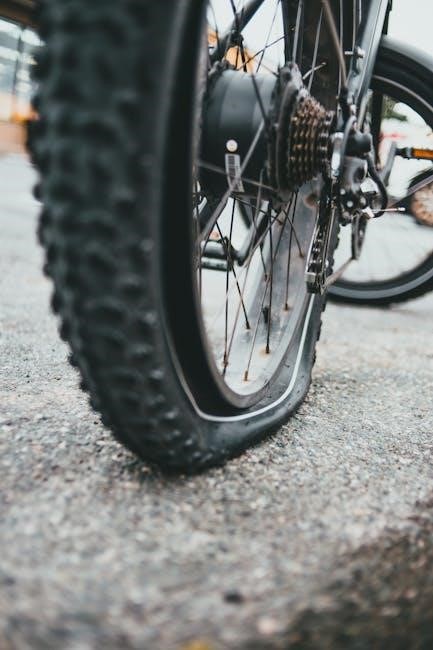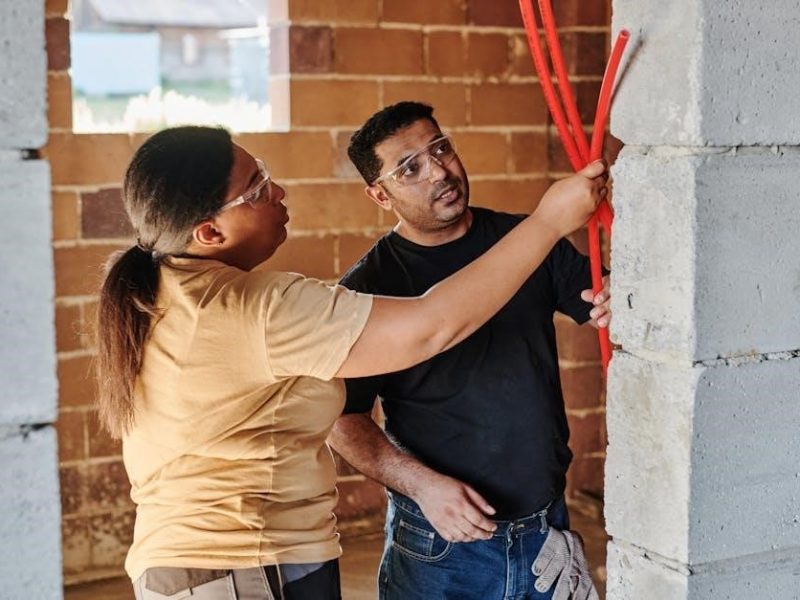The Ground Assault Front Bike Suspension Maintenance Manual is an essential guide for ensuring the optimal performance and longevity of your bike’s suspension system. It provides detailed instructions on setup, maintenance, and troubleshooting, helping riders achieve a safer and more enjoyable cycling experience. By following the guidelines outlined in this manual, cyclists can maintain their suspension system’s integrity, enhance control, and maximize comfort on various terrains.
Importance of Suspension in Mountain Biking
Importance of Suspension in Mountain Biking
The suspension system plays a vital role in enhancing control, comfort, and performance during off-road rides. It absorbs shocks from uneven terrain, improving stability and reducing fatigue. Properly functioning suspension ensures better traction, allowing riders to maintain grip on challenging surfaces. This enhances maneuverability and safety, especially at high speeds or on technical trails. A well-maintained suspension system is crucial for optimizing the riding experience, making it essential for mountain bikers to prioritize its upkeep and adjustment.
Overview of the Ground Assault Front Bike Suspension System
Overview of the Ground Assault Front Bike Suspension System
The Ground Assault Front Bike Suspension System is a high-performance component designed for off-road enthusiasts, offering durability and adjustability to meet the demands of challenging terrains. It features a robust design with key components such as stanchions, crowns, and damping systems, ensuring optimal control and stability. The system is engineered to absorb shocks, maintain traction, and provide a smooth ride, making it ideal for mountain biking. Its adjustable settings allow riders to customize performance based on their style and terrain, ensuring enhanced comfort and precision handling. Regular maintenance, as outlined in this manual, is essential to uphold its functionality and longevity.
Purpose of the Maintenance Manual
The purpose of the Ground Assault Front Bike Suspension Maintenance Manual is to ensure the suspension system operates at peak performance, enhancing safety, control, and ride quality. This guide provides step-by-step instructions for setup, adjustment, and troubleshooting, enabling riders to identify and address issues promptly. It also offers tips for regular servicing and part replacement, helping to extend the lifespan of the suspension. By following this manual, riders can maintain their bike’s optimal condition, ensuring reliability and peak performance on all terrains. It serves as a comprehensive resource for riders to understand and care for their suspension system effectively.

Essential Tools and Parts for Suspension Maintenance
Essential tools for Ground Assault Front Bike Suspension Maintenance include a shock pump, Allen keys, and a torque wrench. Key parts are seals, bushings, and damping fluid, ensuring smooth operation and optimal performance.
Specific Tools Required for Servicing
Specific Tools Required for Servicing
Essential tools for servicing the Ground Assault front bike suspension include a shock pump for adjusting air pressure, Allen keys for bolt adjustments, and a torque wrench for precise tightening. Additional tools like grease guns and seal drivers are necessary for lubrication and replacing worn seals. A suspension pump gauge ensures accurate pressure measurement, while cleaning brushes and solvent help maintain cleanliness. These tools are vital for performing routine maintenance and repairs effectively, ensuring optimal performance and longevity of the suspension system. Always consult the manual for specific tool requirements.
Air Pressure Gauges and Shock Pumps
Air Pressure Gauges and Shock Pumps
Air pressure gauges and shock pumps are critical for maintaining the optimal performance of the Ground Assault front bike suspension. A high-precision shock pump allows for accurate adjustment of air pressure, ensuring proper sag and responsiveness. Regular checks with a reliable air pressure gauge are essential to avoid under- or over-inflation, which can lead to poor handling or reduced comfort. Always use a gauge calibrated for your suspension system, and refer to the manual for recommended pressure settings to ensure optimal performance and longevity. Proper pressure adjustment is vital for a smooth ride.
Replacement Parts and Subcomponents
Replacement Parts and Subcomponents
Replacing worn or damaged parts is essential for maintaining the performance of the Ground Assault front bike suspension. Key components like shoulder bolts, bushings, and end plugs (e;g., part 910003-65) are critical for smooth operation. Regularly inspect these subcomponents and replace them as needed to prevent wear and tear. Refer to the manual for specific part numbers and replacement procedures, such as the inner arm replacement (part 910021-65). Ensuring all parts are in good condition is vital for optimal suspension function and rider safety. Always use genuine or compatible replacement parts for reliability. Regular maintenance helps prevent major repairs and ensures consistent performance.
Understanding the Components of the Suspension System
Understanding the Ground Assault suspension system’s components is crucial for effective maintenance. Key parts include stanchions, crowns, and knobs, each playing a vital role in performance and handling.
Key Parts of the Front Suspension Fork
Key Parts of the Front Suspension Fork
The Ground Assault front suspension fork comprises several critical components that ensure optimal performance. The stanchions are the smooth, sliding tubes that guide the fork’s movement, while the crown connects the stanchions to the bike’s frame. The knobs adjust compression and rebound settings, allowing riders to fine-tune the fork’s responsiveness. These parts work together to absorb shocks, maintain stability, and provide precise control over various terrains. Understanding their roles is essential for effective maintenance and troubleshooting.
Role of Stanchions, Crowns, and Knobs
The stanchions are the sliding tubes that provide a smooth path for the fork’s movement, ensuring consistent performance. The crown connects the stanchions to the bike’s frame, acting as a structural foundation. The knobs allow riders to adjust compression and rebound settings, enabling customization for different terrains and riding styles. Together, these components ensure stability, control, and optimal absorption of shocks, making them vital for enhancing the bike’s handling and responsiveness during rides.
Damping and Compression Systems
The damping system regulates the fork’s movement by controlling the flow of oil, ensuring smooth absorption of shocks. The compression system adjusts how the fork responds to impacts, with settings like low-speed and high-speed compression. Together, they optimize ride quality, preventing harshness on small bumps and maintaining stability during high-speed hits. Proper adjustment of these systems allows riders to customize their suspension for specific terrains and riding styles, enhancing control and reducing fatigue. Regular maintenance ensures these systems function seamlessly, providing consistent performance across diverse riding conditions.
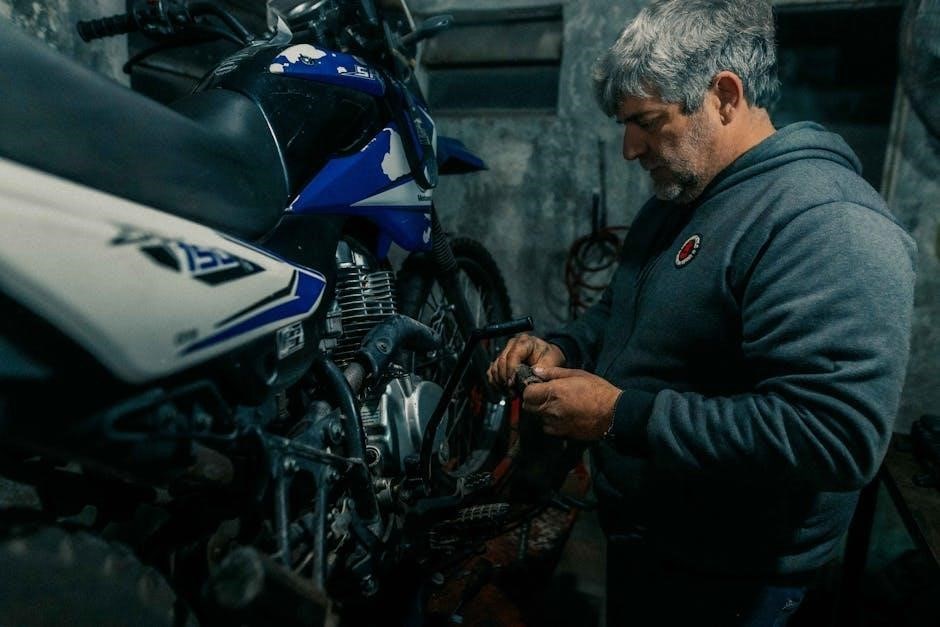
Setup and Adjustment of the Suspension
Proper setup and adjustment of the suspension ensure optimal performance, comfort, and control. Initial checks include setting sag, rebound, and compression to suit rider weight and terrain demands.
Pre-Ride Checks and Initial Setup
Pre-Ride Checks and Initial Setup
Before every ride, conduct a thorough inspection of the suspension system to ensure optimal performance. Check for any visible damage or wear on the stanchions, seals, and other components. Clean the fork thoroughly, removing dirt and debris that could affect its function. Lubricate moving parts as recommended to maintain smooth operation. Use a shock pump to set the correct air pressure, ensuring proper sag and rebound settings. Adjust the compression and damping settings according to your weight and riding style. Refer to the manual for specific guidance on initial setup and adjustments to ensure a safe and enjoyable ride.
Adjusting Sag for Optimal Performance
Adjusting Sag for Optimal Performance
Proper sag adjustment is critical for optimal suspension performance. Sag refers to the amount of fork compression under the rider’s weight. To set sag, use a shock pump to pressurize the fork according to the manufacturer’s guidelines. Ensure the negative spring is charged by bouncing the bike firmly to free up the seals. Adjust the pressure until the fork compresses 20-30% of its travel under your weight. Fine-tune based on your riding style, with lighter riders needing less pressure and aggressive riders requiring more. Refer to the manual for specific pressure ranges and adjustment techniques to achieve the perfect balance of comfort and control. Regularly checking and adjusting sag ensures consistent performance and handling on all terrains.
Fine-Tuning Rebound and Compression Settings
Fine-Tuning Rebound and Compression Settings
Fine-tuning rebound and compression settings ensures a balanced ride, optimizing comfort and control. Rebound adjustments regulate how quickly the fork returns to its neutral position, while compression settings control the fork’s resistance during compression. For smoother rides, reduce rebound damping, while increasing it improves stability at high speeds. Compression damping can be adjusted to suit terrain, with lighter settings for climbing and firmer settings for descents. Test adjustments incrementally in a controlled environment to find your ideal setup. Always refer to the manual for specific guidelines tailored to your riding style and terrain preferences.
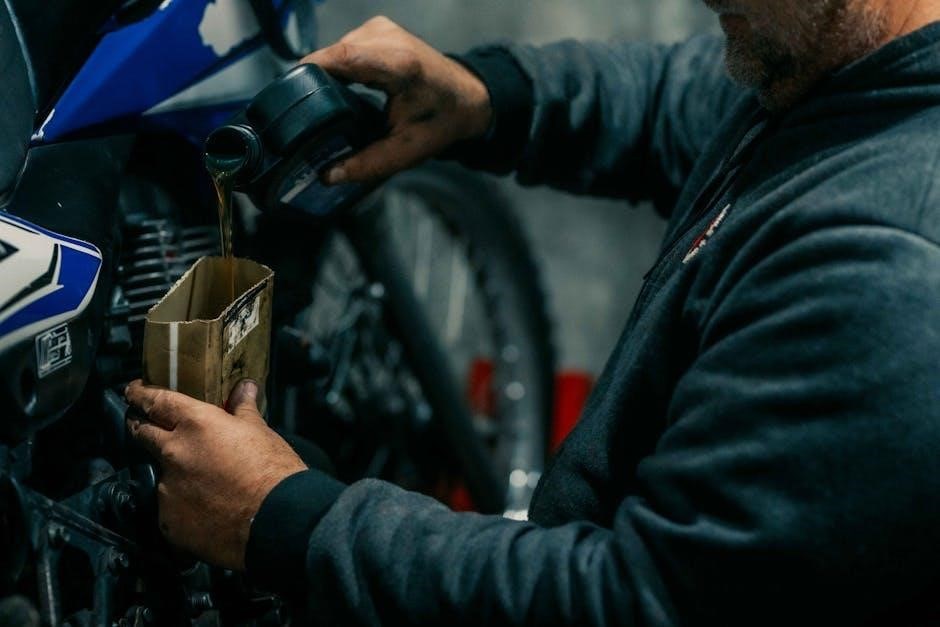
Maintenance and Inspection Routine
Regular cleaning and lubrication of moving parts are crucial for optimal performance. Inspect for wear and tear, and follow guidelines to prevent damage and ensure longevity.
Regular Cleaning and Lubrication
Regular Cleaning and Lubrication
Regular cleaning and lubrication are vital for maintaining the performance and longevity of your Ground Assault front bike suspension. Use a soft brush to remove dirt and debris from the suspension components. Wipe down the stanchions and other surfaces with a clean, dry cloth to prevent contamination. For stubborn grime, apply mild soap and water, but avoid harsh chemicals. After cleaning, apply a lightweight, silicone-based lubricant to moving parts to reduce friction and wear. Regular lubrication ensures smooth operation and prevents corrosion. Always inspect for wear during cleaning and refer to the manual for specific lubrication points.
Identifying Wear and Tear on Moving Parts
Identifying Wear and Tear on Moving Parts
Regular inspection of the Ground Assault front bike suspension is crucial for identifying wear and tear on moving parts. Check the stanchions for scratches or dents, as these can compromise performance and lead to leaks. Inspect the crown and knobs for any play or looseness, which may indicate worn bearings or bolts. Look for signs of oil leakage around the seals, a common indicator of worn components. Examine bushings and wipers for excessive wear, as these parts are prone to damage from dirt and debris. Addressing these issues early ensures optimal performance and safety.
Checking for Loose Bolts and Screws
Checking for Loose Bolts and Screws
Regularly inspecting bolts and screws on the Ground Assault front bike suspension is vital for safety and performance. Use an Allen key or torque wrench to check critical areas like the crown, stem, and brake mounts. Ensure all bolts are tightened to the manufacturer’s torque specifications to prevent damage or failure. Inspect screws for signs of stripping or wear. If any bolts or screws are loose, tighten them immediately. This routine helps maintain stability, prevents rattling, and ensures optimal functionality. Always refer to the manual for specific torque values and procedures.
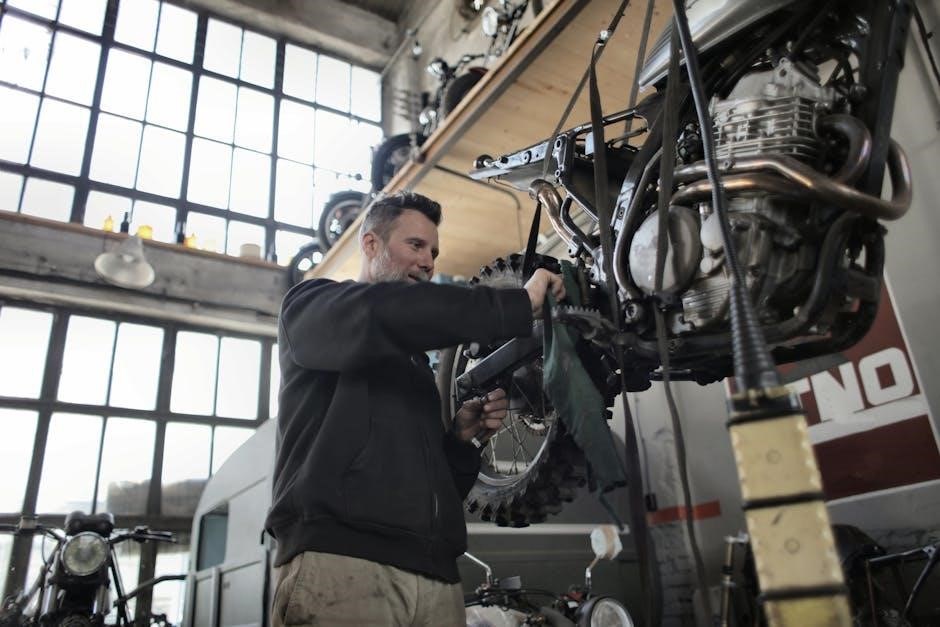
Troubleshooting Common Issues
This section addresses frequent problems like suspension leaks, stiff or mushy fork performance, and air pressure loss. It provides practical solutions and diagnostic steps to restore optimal function.
Diagnosing Leaks in the Suspension System
Diagnosing Leaks in the Suspension System
Leak detection is crucial for maintaining suspension performance. Start with a visual inspection of the stanchions and seals for oil or grease. Listen for hissing sounds during compression, indicative of air leaks. Use a shock pump to check air pressure and ensure there’s no pressure loss. Apply a soapy water solution to identify bubbles, which signal leaks. Regular inspections, especially after dirty rides, help prevent contaminants from causing seal failure. Addressing leaks promptly prevents further damage and maintains optimal suspension function.
Addressing Stiff or Mushy Fork Performance
If your fork feels stiff or mushy, start by checking the damping settings. Adjust the rebound and compression knobs to find a balance—turning them clockwise may reduce stiffness, while counterclockwise can alleviate sponginess. Ensure air pressure in air-sprung forks is set correctly using a shock pump, as improper pressure can cause these issues. Clean and lubricate moving parts, like stanchions, to reduce friction. Inspect seals for damage and replace them if necessary to prevent oil leakage. Follow the manual’s troubleshooting guide, which may include tests like bouncing the bike to assess fork response. Use tools like a shock pump, Allen keys, and torque wrench, adhering to manufacturer guidelines to avoid over-tightening. After adjustments, test the bike on the trail to evaluate improvements. If issues persist, consult a professional or refer to the manual for further instructions. Addressing these problems methodically can restore optimal fork performance, ensuring a smooth and controlled ride.
Fixing Air Pressure Loss in Air-Sprung Forks
Air pressure loss in air-sprung forks can degrade performance and comfort. Start by cleaning the stanchions and lower legs with a soft cloth and mild detergent to remove dirt and debris. Inspect the seals for wear or damage and replace them if necessary. Use a shock pump to check and maintain the recommended air pressure, ensuring the valve is tightened securely after adjustment. Re-lubricate the seals with fork-specific grease to prevent leakage. Regularly servicing the fork and following the manual’s guidelines can help prevent pressure loss. If issues persist, consult a professional or refer to the manual for advanced troubleshooting steps to restore optimal performance.

Advanced Maintenance and Repair
Advanced maintenance involves lower leg service, replacing worn parts, and upgrading components for enhanced performance. Specialized tools and techniques ensure precise repairs, optimizing fork reliability and ride quality.
Lower Leg Service and Rebuild
Lower Leg Service and Rebuild
Lower leg service is crucial for maintaining optimal suspension performance. This process involves disassembling the fork’s lower legs to clean, inspect, and replace worn or damaged components such as seals, bushings, and stanchion tubes. Proper lubrication is applied to moving parts to ensure smooth operation. Rebuilding the lower legs requires precision to prevent damage and ensure proper alignment. Regular servicing extends the lifespan of the suspension, improves ride quality, and prevents premature wear. Always follow manufacturer guidelines for a successful rebuild;
Replacing Damaged or Worn-Out Parts
Replacing Damaged or Worn-Out Parts
Replacing damaged or worn-out parts is essential to maintain the performance and safety of your Ground Assault front bike suspension. Regularly inspect components like seals, bushings, and stanchion tubes for wear. When replacing parts, ensure they are compatible with your suspension system and follow the manufacturer’s guidelines. Use specialized tools to remove and install components correctly. Proper installation ensures optimal functionality and prevents further damage. Always refer to the manual for specific instructions and torque specifications to guarantee a safe and reliable repair.
Upgrading Suspension Components
Upgrading Suspension Components
Upgrading suspension components can significantly enhance the performance and responsiveness of your Ground Assault front bike suspension. Consider replacing parts like springs, dampers, or seals with high-performance alternatives to improve handling and control. Always ensure compatibility with your system and consult the manufacturer’s guidelines for recommended upgrades. Proper installation is crucial to maintain safety and functionality. Upgrading can tailor the suspension to your riding style or terrain demands, offering a more personalized and efficient ride. Refer to the manual for specific upgrade options and installation procedures.
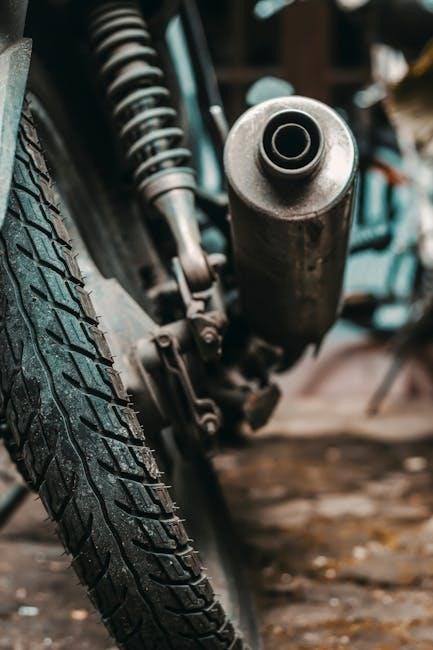
Online Resources and Manufacturer Guidelines
Access official manuals and support documents from manufacturer websites for detailed guidance on maintenance and repair. Online forums and communities also offer valuable tips and shared experiences, ensuring optimal suspension performance and safety.
Accessing Official Manuals and Support Documents
Accessing Official Manuals and Support Documents
Official manuals and support documents for the Ground Assault Front Bike Suspension are available on manufacturer websites, providing detailed guidance for setup, maintenance, and troubleshooting. These resources include step-by-step instructions, exploded diagrams, and warranty information. Online retailers and forums also host downloadable versions, ensuring easy access. Always refer to these documents for accurate and safe maintenance practices, as they are tailored to the specific components and requirements of your suspension system. Utilizing these resources helps ensure optimal performance and longevity of your bike’s suspension.
Utilizing Online Forums and Communities
Online forums and communities are invaluable resources for Ground Assault Front Bike Suspension maintenance. Platforms like Reddit, specialized bike forums, and social media groups offer shared experiences, troubleshooting tips, and real-world advice from experienced riders. These communities provide insights into common issues, repair techniques, and upgrades, complementing official manuals. Engaging with these forums can help you solve problems, learn from others, and stay updated on best practices. They foster a supportive environment where riders can collaborate and enhance their suspension maintenance skills effectively.
Video Tutorials and Step-by-Step Guides
Video tutorials and step-by-step guides are excellent resources for maintaining the Ground Assault Front Bike Suspension. They provide visual instructions on tasks like adjusting sag, fine-tuning rebound, and servicing lower legs. Platforms like YouTube and manufacturer websites host detailed tutorials, making complex processes more accessible. These guides complement the manual, offering hands-on demonstrations that help riders understand and execute maintenance tasks confidently. They are particularly useful for visual learners and those new to suspension maintenance, ensuring tasks are performed correctly and safely.

Preventing Wear and Tear
Regular cleaning and lubrication of moving parts are essential to prevent wear and tear on the suspension system, ensuring optimal performance and longevity of your bike.
Tips for Extending Suspension Lifespan
Regular cleaning and lubrication of moving parts, such as stanchions and seals, are crucial for preventing wear and tear. Use a soft cloth to wipe down the suspension fork and apply a high-quality lubricant to reduce friction. Avoid exposing the bike to extreme environmental conditions, such as direct sunlight or moisture, which can degrade components. Store the bike in a dry place and use protective covers when not in use. Additionally, check for loose bolts and screws before each ride and tighten them as needed to prevent unnecessary stress on the suspension system. Following the manufacturer’s maintenance schedule ensures optimal performance and longevity. Avoiding overloading the bike also helps reduce strain on the suspension, further extending its lifespan.
Importance of Regular Servicing
Regular servicing is vital to ensure the optimal performance and reliability of your Ground Assault front bike suspension. It helps prevent wear and tear on critical components, reducing the risk of mechanical failures during rides. Servicing also ensures safety by maintaining proper functionality and responsiveness of the suspension system. By following the manufacturer’s recommended service schedule, riders can identify and address potential issues early, preventing costly repairs. Regular maintenance not only enhances the riding experience but also extends the lifespan of the suspension system, ensuring consistent performance across various terrains and conditions.
Protecting the Fork from Environmental Factors
Protecting the fork from environmental factors is crucial for maintaining its performance and longevity. Regular cleaning after rides, especially in muddy or wet conditions, prevents dirt and grime buildup. Applying a protective coating or lubricant to moving parts shields them from corrosion and wear. Storing the bike in a dry, cool place avoids moisture damage. Avoiding exposure to extreme temperatures and chemicals also preserves the fork’s integrity. Regular inspections ensure any environmental damage is addressed promptly, maintaining the fork’s reliability and responsiveness on the trails.
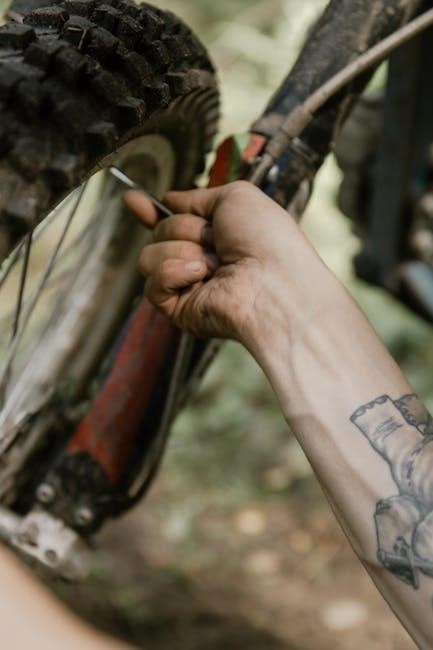
Optimizing Suspension Performance for Different Terrains
Optimizing suspension performance for different terrains ensures enhanced control and efficiency. Adjusting settings for flat ground, uphill climbs, and downhill descents tailors the bike’s response to varying conditions. Fine-tuning rebound and compression settings for rough trails improves stability and absorption, while custom adjustments for rider weight and style maximize comfort and precision. Understanding how terrain impacts suspension behavior allows riders to make informed adjustments, ensuring optimal performance and safety across diverse landscapes.
Adjusting Settings for Flat Ground and Climbing
Adjusting Settings for Flat Ground and Climbing
For flat ground and climbing, adjust the suspension to minimize bobbing while maintaining efficiency. Lower compression settings reduce unwanted movement, allowing smooth pedaling. Increase rebound damping slightly to control fork movement during climbs. Fine-tune the air pressure or coil preload to match your weight and riding style. This ensures optimal energy transfer and stability. For steep climbs, consider firmer settings to keep the bike responsive. Always consult the manual for specific adjustments to maintain performance and comfort on varied terrain conditions.
Fine-Tuning for Descents and Rough Trails
Fine-Tuning for Descents and Rough Trails
For descents and rough trails, prioritize a plush suspension setup to absorb impacts and maintain control. Reduce compression damping to allow the fork to respond quickly to bumps, enhancing traction. Slightly increase rebound damping to prevent the fork from overshooting its travel during high-speed descents. Lower air pressure or reduce coil preload for better small-bump sensitivity. Ensure the suspension operates within its travel range to avoid bottoming out on large drops. Fine-tune these settings based on terrain severity and personal preference for optimal stability and confidence at high speeds.
Customizing Suspension for Rider Weight and Style
Customizing the suspension for rider weight and style ensures optimal performance and comfort. Start by setting the sag to 20-30% of total travel, adjusting air pressure or spring preload based on the rider’s weight. Heavier riders may need higher pressure or more preload, while lighter riders require less. For riding style, aggressive riders benefit from increased compression damping to prevent bottoming out, while lighter damping suits smoother trails. Adjust rebound damping to control how quickly the suspension returns—faster for aggressive riding, slower for a more controlled feel. Fine-tune these settings during test rides to match the rider’s preferences and terrain demands for the best balance of comfort and control.
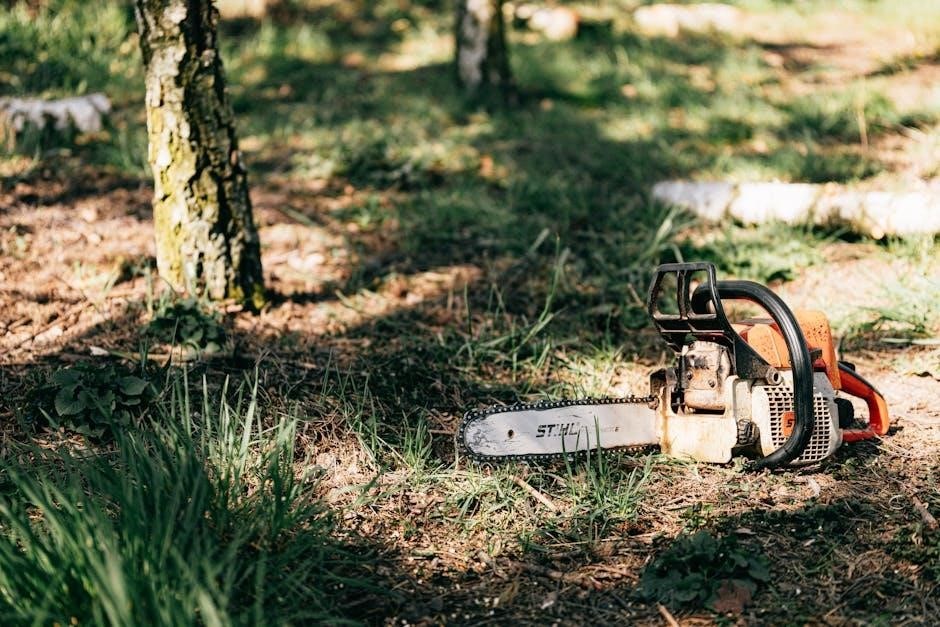
Safety Precautions and Best Practices
Always wear protective gear, follow manufacturer guidelines, and ensure all bolts are tightened securely. Regularly inspect for wear and test ride after adjustments.
Following Manufacturer Safety Instructions
Following Manufacturer Safety Instructions
Adhering to the manufacturer’s safety guidelines is crucial for ensuring the integrity of your Ground Assault front bike suspension system. Always read the manual thoroughly before performing any maintenance or adjustments. Use the recommended tools and avoid over-tightening components. Never modify the suspension beyond the manufacturer’s specifications, as this can lead to system failure. After making adjustments, test the bike under controlled conditions to ensure proper function. Failure to follow these instructions may result in reduced performance, safety risks, or component damage. Always prioritize safety and manufacturer recommendations to maintain optimal bike performance and rider protection.
Avoiding Common Maintenance Mistakes
Avoiding Common Maintenance Mistakes
When servicing the Ground Assault front bike suspension, it’s essential to avoid common mistakes that can compromise performance and safety. Never use incorrect tools, as this can damage components. Over-tightening bolts or screws should be avoided to prevent stripping threads. Improper lubrication of moving parts can lead to premature wear. Always follow the manufacturer’s torque specifications and avoid exceeding recommended air pressure levels. Additionally, never skip routine inspections or overlook signs of wear and tear, as this can result in unexpected failures. Proper adherence to guidelines ensures longevity and optimal function of the suspension system.
Post-Maintenance Safety Checks
Post-Maintenance Safety Checks
After completing maintenance on your Ground Assault front bike suspension, perform thorough safety checks to ensure everything functions correctly. Verify that all bolts and screws are tightened to the manufacturer’s torque specifications. Check for any leaks in the hydraulic or air systems and ensure proper seal integrity. Test the suspension’s travel by applying weight and releasing it to confirm smooth operation. Inspect the damping and compression settings to ensure they are within the recommended range. Finally, take a short test ride to assess responsiveness and make any necessary fine-tune adjustments for optimal performance and safety.
Proper maintenance ensures your Ground Assault suspension performs optimally, enhancing ride quality and safety. Regularly review manufacturer guidelines and stay updated on new techniques through online resources.
Regular cleaning and lubrication of moving parts are essential to prevent wear and tear. Always check for loose bolts and screws to ensure stability. Adjust sag and rebound settings according to your weight and riding style for optimal performance. Inspect the suspension fork for damage or wear and replace parts as needed. Follow manufacturer guidelines for maintenance schedules and adjustments. Utilize online resources for troubleshooting and repair guides. Consistent upkeep ensures longevity, safety, and peak performance of your Ground Assault front bike suspension system.
Encouraging Ongoing Learning and Improvement
Ongoing learning is crucial for mastering bike suspension maintenance. Stay updated with new techniques and best practices by exploring online forums, tutorials, and manufacturer guides. Engage with cycling communities to share experiences and gain insights. Regularly review the manual and practice maintenance tasks to build confidence and skill. Continuous improvement ensures your suspension system performs optimally, enhancing your riding experience and safety. Embrace lifelong learning to stay ahead of maintenance needs and adapt to evolving technologies in bike suspension systems.
